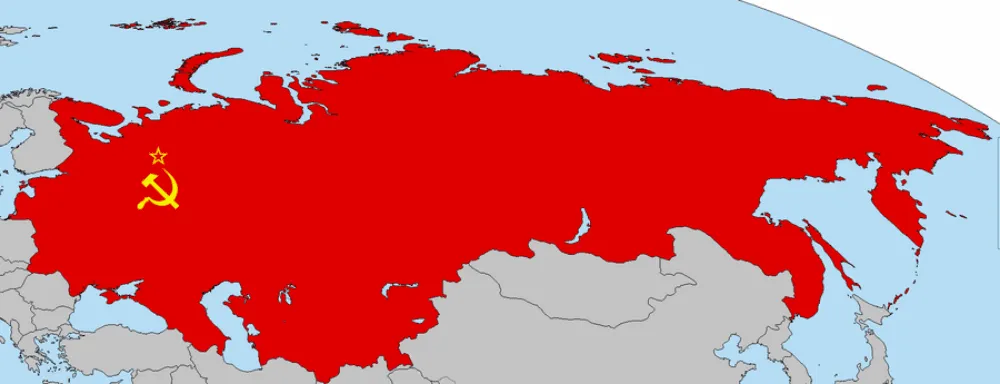The Union of Soviet Socialist Republics (USSR), or Soviet Union, was a vast, single-party state that spanned much of Eurasia from 1922 to 1991. Born from the ashes of the Russian Revolution, it was a bold experiment in communist ideology, aiming to create a classless, egalitarian society.
The Bolshevik Revolution of 1917, led by Vladimir Lenin, overthrew the Tsarist autocracy and established a socialist state. The ensuing Russian Civil War solidified the Bolsheviks’ power, and in 1922, the Soviet Union was formed.
Joseph Stalin, who succeeded Lenin in the 1920s, transformed the Soviet Union into an industrial superpower through rapid industrialization and collectivization of agriculture. His regime, however, was marked by brutal purges, forced labor camps (Gulags), and a cult of personality.
The Soviet Union and the United States emerged as global superpowers after World War II, leading to the Cold War, a period of geopolitical tension and ideological conflict. The two superpowers engaged in an arms race, a space race, and proxy wars around the world.
In the 1980s, Mikhail Gorbachev introduced reforms like perestroika (restructuring) and glasnost (openness), aiming to revitalize the Soviet economy and political system. However, these reforms unleashed forces that ultimately led to the Soviet Union’s collapse.
The late 1980s and early 1990s witnessed a series of events that accelerated the Soviet Union’s demise:
- Eastern European Revolutions: Communist regimes in Eastern Europe began to fall, weakening the Soviet Union’s sphere of influence.
- Economic Stagnation: The Soviet economy struggled to compete with Western capitalist economies.
- Nationalist Movements: Ethnic tensions and separatist movements within the Soviet republics grew stronger.
- Failed Coup Attempt: A hardline coup attempt in 1991 failed, further weakening the Soviet leadership.
On December 26, 1991, the Soviet Union officially dissolved, marking the end of an era and the beginning of a new chapter in Russian history.
The Soviet Union’s legacy is complex and multifaceted. It was a period of immense social and economic transformation, but also one of repression, human rights abuses, and environmental damage. The Soviet Union’s collapse had profound geopolitical implications, reshaping the global power balance and leading to the emergence of Russia as a major player on the world stage.
Key Points:
- The Soviet Union was a vast, single-party state that existed from 1922 to 1991.
- It was founded after the Bolshevik Revolution of 1917.
- Joseph Stalin’s rule was marked by rapid industrialization and brutal repression.
- The Soviet Union and the United States engaged in the Cold War, a period of geopolitical tension.
- Mikhail Gorbachev’s reforms led to the collapse of the Soviet Union in 1991.
- The Soviet Union’s legacy is complex, encompassing both significant achievements and human rights abuses.
Additional Information:
- The Soviet Union was a multinational state composed of 15 republics.
- The Soviet Union’s economy was centrally planned and heavily industrialized.
- The Soviet Union’s space program achieved significant milestones, including the first satellite and the first human in space.
- The Soviet Union’s collapse led to the rise of Russia as a major global power.
Further Reading:
- https://www.history.com/topics/european-history/history-of-the-soviet-union
- https://history.state.gov/milestones/1989-1992/collapse-soviet-union
- https://www.history.com/topics/cold-war/cold-war-history
I hope this information is helpful!

Leave a Reply